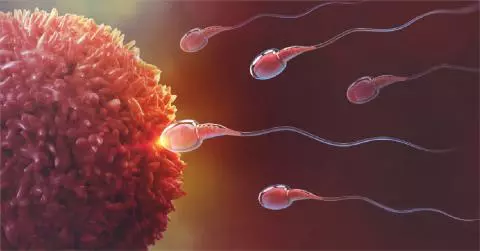Testicular Atrophy Treatment: How to Address Testicle Shrinkage

Testicular atrophy refers to a condition wherein the testicles gradually shrink in size. It may be caused by a number of factors including sexually transmitted diseases, drug abuse and hormonal imbalances. This condition can be treated and if it is diagnosed at an early stage, it may even be reversed. However, if the condition is diagnosed at an advanced stage, reversal may not be possible.
Diagnosing Testicular Atrophy
Pain in the testicles is a common sign of testicular atrophy. The first step towards testicular pain treatment is to determine the factors causing the condition. For this, the doctor will first need to conduct a physical examination of the testicles. By palpitating the testicles the doctor will check for changes in texture, size and firmness.
The doctor will also need a detailed sexual and medical history to determine whether a viral or bacterial infection may have triggered the condition. In addition, certain tests such as a blood test, hormone assay test and testicular ultrasound may also be required.
Testicular Atrophy Treatment
Lifestyle changes are often advised as the first form of treatment for testicular atrophy. The patient will be advised to stop drinking alcohol, smoking and to quit drug use if any. If the condition is a result of a sexually transmitted infection, the patient may be advised to avoid sexual activity for a while. Eating a well-balanced diet and exercising regularly can also help.
If the pain is resultant of an STD, medication may also be prescribed to relieve the symptoms and treat the infection. Medication may also be prescribed if the condition is caused by testicular torsion. In some cases, surgery may be required to prevent permanent damage. If it is the result of hormone treatment, the treatment may need to be paused or changed.
There is no evidence to suggest that natural therapies can treat or reverse testicular atrophy.
 Infertility Counselling
Infertility Counselling Female Infertility Treatment
Female Infertility Treatment Andrology Treatment
Andrology Treatment Fertility Enhancing Surgeries - Female
Fertility Enhancing Surgeries - Female Fertility Enhancing Surgeries - Male
Fertility Enhancing Surgeries - Male Endoscopy Treatment
Endoscopy Treatment IUI Treatment
IUI Treatment IVF Treatment
IVF Treatment ICSI Treatment
ICSI Treatment Advanced IVF Solutions
Advanced IVF Solutions Embryology
Embryology Vitrification Egg, Embryo, Sperm Freezing
Vitrification Egg, Embryo, Sperm Freezing Preimplantation Genetic Testing (PGT)
Preimplantation Genetic Testing (PGT) Donation Program Embryo / Egg / Sperm
Donation Program Embryo / Egg / Sperm Self-cycleTM IVF
Self-cycleTM IVF

 Self-cycleTM IVF
Self-cycleTM IVF










